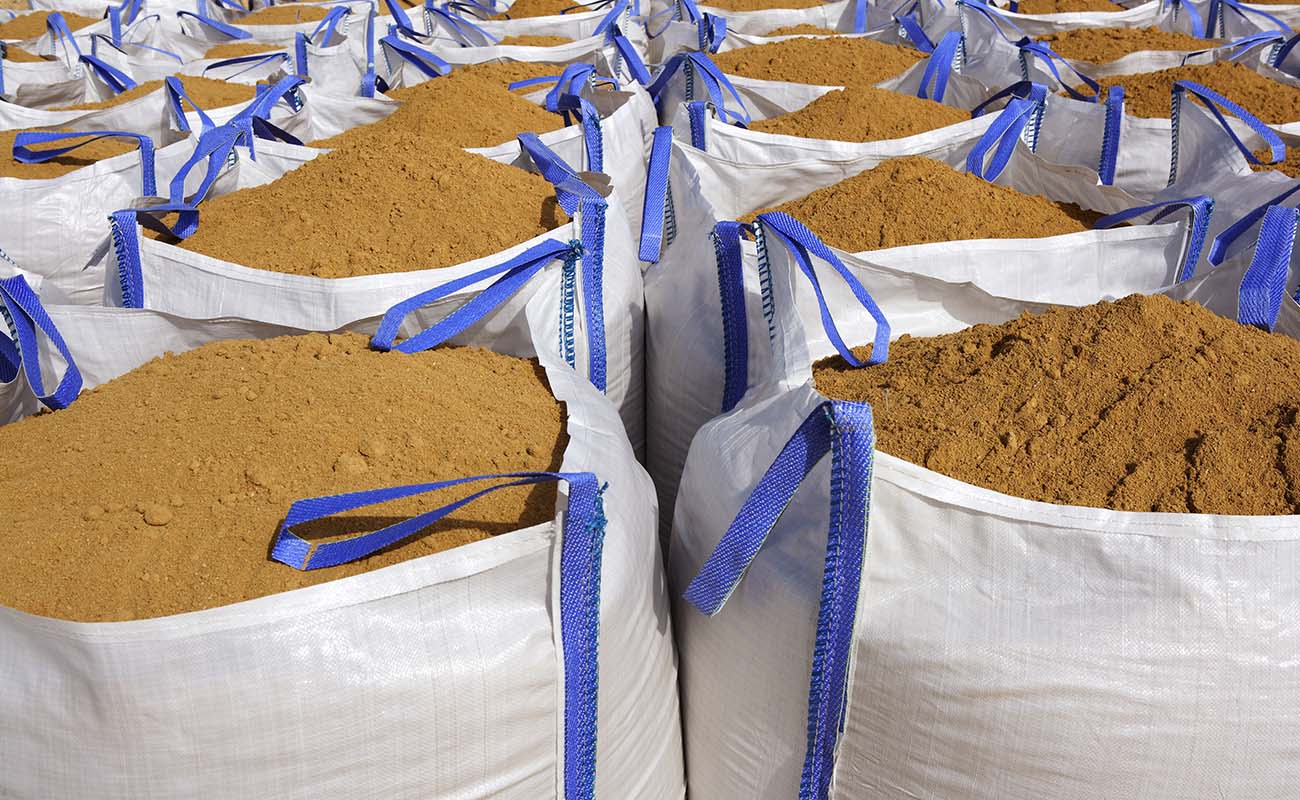All You Need To Know About UN FIBC Bags
Introducing UN bulk bags or FIBCs
A general FIBC bag is not suitable for either storing or transporting materials that are hazardous in nature. Standard bags are made with polypropylene and are resistant to any sort of chemicals. Certain chemicals are way too corrosive and standardized bags are incapable to hold that substance. To deal with these circumstances, UN bags have tested, identified and labelled the quality of bags that are apt.
What are UN bulk bags?
Where standard bags fail, UN bulk bags come to the rescue. It is a specialized bag or a kind of container which is mediate and flexible to carry hazardous material, store as well as transport them. There are certain rules following which these bags are made by the UN under strict supervision. UN classification includes:
- Put to intense test before use.
- The maximum volume is mentioned.
- Properly identified, labelled and tagged the objects to carry.
Only after all these requirements are met, a bag can be termed as a UN bulk bag.
Labelled in accordance with hazardous materials
These bags are labelled by the type of hazardous materials that they carry which are as classified below:
- Class 4.1 is capable of carrying solids that are flammable, desensitized explosive objects and elements that are self-reactive.
- Substances that bear the nature of self-combustion fall under Class 4.2 UN bags.
- Class 4.3 bags are made in such a way as to carry elements that release flammable gases when in touch with water.
- Elements that are prone to oxidation can be carried in bags labelled under Class 5.1.
- Class 5.2 bags are suitable for carrying substances with organic peroxides.
- Class 6.1 can carry all sorts of elements that are extremely toxic in nature and need to be handled very safely.
- Elements that can be corrosive are best stored and transported within bags under Class 8.
- Any other form of substances that are hazardous or dangerous in their reactive nature can be safely carried in Class 9 UN bags.
The foremost thing is to determine the specific object that you are carrying in order to identify which UN bulk bag you require. Ask your supplier beforehand and figure out if you have chosen the right bag for the intended purpose of use.
How are FIBC bags tested before use?
The contents that UN bags carry can sometimes be too dangerous or volatile in nature. Hence, an extreme testing procedure is a mandate before it can be actually put to use. A one-hour vibration test followed by a side or top lift for the next five minutes is what the testing procedure begins with. The next procedure is a stacking test to check whether it loses contents or not followed by a drop test taken from a number of different heights. A topple test is then conducted on any part of the top without the loss of contents. With FIBC on its side, the bag is lifted into the upright position to check if there is any kind of damage done to the bag. The ultimate test is the knife test where it is checked that the bag should not increase more than 25 percent of its original length.






